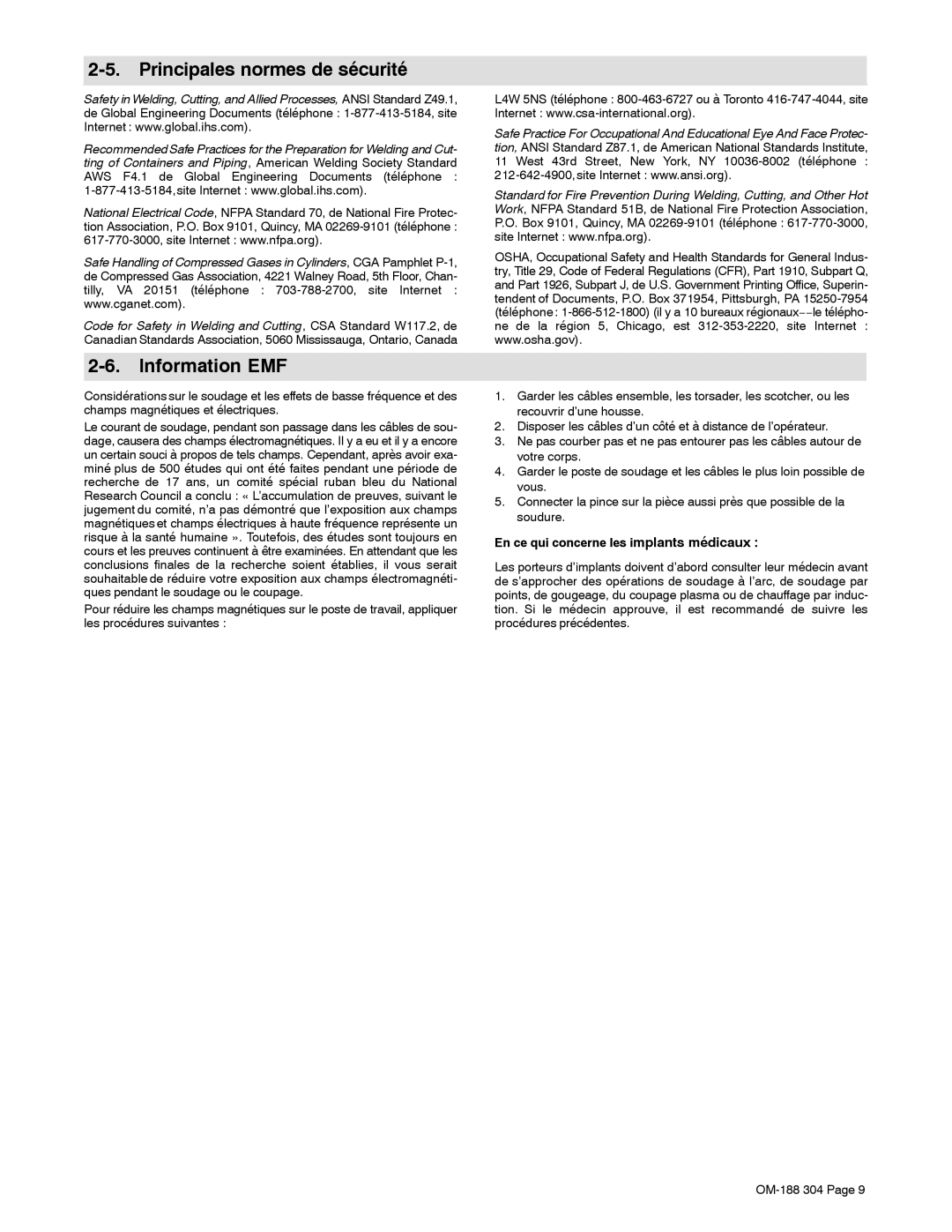575Volt, 460Volt, 230Volt specifications
Miller Electric is a leading manufacturer of welding and cutting equipment, renowned for its innovation and reliability. Among its extensive product line, Miller offers a variety of welding machines that operate on different voltage systems, specifically 230 Volt, 460 Volt, and 575 Volt models. Each of these voltages is designed to meet the needs of diverse applications and industries, from light fabrication to heavy industrial use.Miller Electric’s 230 Volt machines are typically utilized in smaller workshops and for light to medium-duty applications. These machines are known for their portability, ease of use, and flexibility. They often feature inverter technology, which allows for compact designs and energy efficiency. This technology also helps in maintaining a stable arc, resulting in high-quality welds. The 230 Volt models are well-suited for MIG and TIG welding processes, offering versatility in material thickness and type.
The 460 Volt models are tailored for industrial settings that require greater power output. These machines deliver increased performance and are ideal for high-demand applications such as structural steel fabrication and heavy manufacturing. The robust design of the 460 Volt machines allows them to handle prolonged use and extreme conditions. Additionally, many of these units are equipped with advanced features such as digital display controls, programmable settings, and a variety of welding modes, enhancing user control and efficiency.
Finally, the 575 Volt models are designed for the most demanding environments, often seen in large-scale industrial operations. These machines provide exceptional power, allowing for welding of thicker materials and more complex joints. They also incorporate advanced cooling systems to handle the heat generated during extended welding sessions. The 575 Volt units may come equipped with enhanced safety features such as automatic shut-off and overload protection, ensuring reliable operation.
Miller Electric's commitment to innovation is reflected in the various technologies used in these voltage models. Features such as Auto-Set, which automatically adjusts parameters for different metals and thicknesses, streamline the welding process for users. Additionally, Miller's advanced inverter technology not only reduces energy consumption but also improves arc stability and consistency, leading to superior weld quality.
In summary, Miller Electric's 230 Volt, 460 Volt, and 575 Volt machines cater to a wide spectrum of welding needs, each with its unique set of features and advantages. The combination of portability, power, and advanced technology makes Miller Electric a trusted choice for welders across multiple industries.

